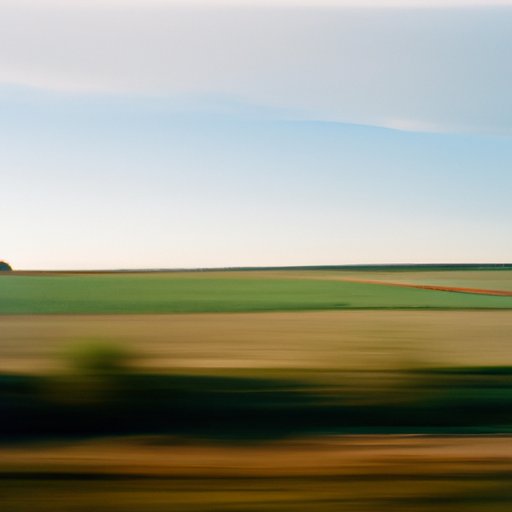Introduction
Film photography has been around for decades and there is something special about the look of a film image that digital photos just can’t replicate. In recent years, many photographers have been trying to recreate the look of film in their digital photos and it has become increasingly popular. So why do people want to make digital photos look like film? It could be because of the nostalgic feeling or simply because they love the look of film.

Choose a Camera that Mimics Film
The first step to making your digital photos look like film is to choose the right camera. There are several models on the market today that offer features specifically designed to mimic the look of film. Do some research to find the best cameras for film simulation and understand the features of the camera before you buy. Some features to look for include customizable film simulations, dynamic range optimization, and advanced noise reduction.
Utilize the Right Film Simulation Settings
Once you have chosen the right camera, you will need to adjust the settings to achieve the desired effect. The most important settings when it comes to recreating the look of film are the film simulation settings. There are several different types of film simulations available and it is important to understand which one is best suited for your photo. Experiment with different settings until you find the perfect combination for your image.
Shoot in Natural Light
Natural light is an essential element of any photograph, but it is especially important when trying to make your digital photos look like film. Natural light has a softer quality than artificial light and it helps create a more dreamy, nostalgic feel. When shooting in natural light, try to avoid harsh shadows by using a reflector or diffuser. You can also take advantage of the golden hour, which is the hour before sunset or after sunrise when the light is soft and warm.

Use a Neutral Density Filter
A neutral density filter is a great tool for achieving the look of film. It is a filter that reduces the amount of light entering the lens without changing the color of the light. This allows you to use slower shutter speeds and wider apertures for a more cinematic look. When choosing a neutral density filter, keep in mind that the higher the number, the darker the filter and the more light it will block.
Incorporate Motion Blur
Motion blur is another great way to add a film-like quality to your digital photos. It is the blurring of an image due to a long exposure time and it can help create a sense of movement and energy in an otherwise static photo. When incorporating motion blur into your photos, experiment with different shutter speeds and apertures to get the desired effect.
Adjust Color and Contrast
Color and contrast are two important elements of any photograph and they can make a huge difference in the overall look of your image. To create a film-like look, you will want to adjust the color and contrast to give the photo a more muted and subtle appearance. Use the color temperature slider to cool down the image and reduce the saturation. You can also use curves to adjust the contrast and bring out the details in the highlights and shadows.
Add Grain for Authenticity
The final step in making your digital photos look like film is to add a bit of grain. Grain is the random pattern of black and white dots that are visible in a film photo and it is what gives film its unique look. Adding grain to your digital photos can help to give them an authentic film-like appearance. You can use Photoshop or other editing software to add grain to your images.
Conclusion
Making digital photos look like film is not as difficult as it may seem. With the right camera and settings, you can easily recreate the look of film in your digital photos. Remember to shoot in natural light, use a neutral density filter, incorporate motion blur, adjust color and contrast, and add grain for an authentic film look.
(Note: Is this article not meeting your expectations? Do you have knowledge or insights to share? Unlock new opportunities and expand your reach by joining our authors team. Click Registration to join us and share your expertise with our readers.)
